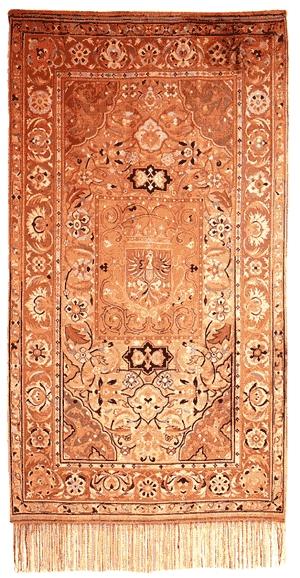Some Persian chronicles: Afushtah-yi Natanzi
Construction work on such a large scale must have left many documentary traces[1]. However, I am concerned with the symbolic depiction of Abbas’ maydan – and how its image was formed, and then transformed (in its second phase of construction). I therefore want to consider four of the Persian texts produced by Shah Abbas’ memorialisers. …






